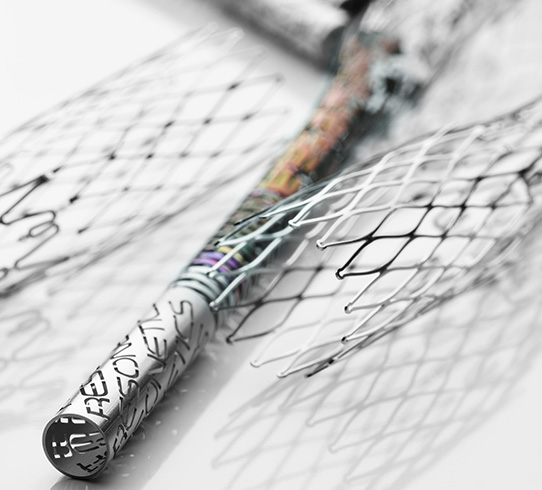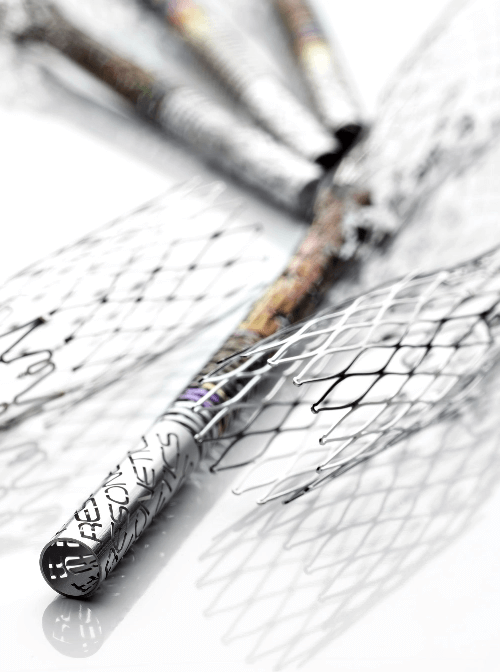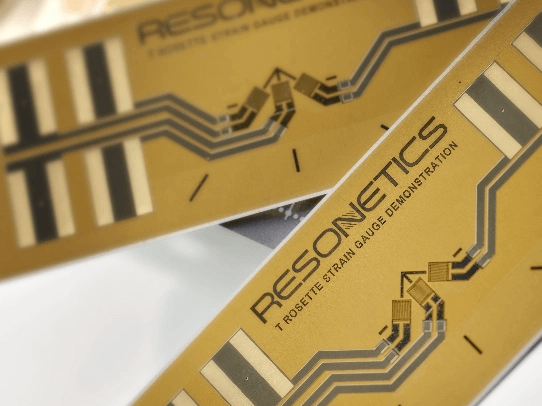Laser drilling and perforation are ablation processes that use a focused laser beam to create micron-scale through-holes on a wide variety of materials, including metals, polymers, and glass. These processes are precise and efficient, enabling the fabrication of holes down to single microns in diameter. Laser drilling and perforation eliminate heat damage during processing, maintaining the integrity of the material.

Laser Drilling & Perforation
Laser Drilling and Perforation Applications
Laser drilling and perforation enable engineers to achieve highly repeatable features at microscopic scales without error for a variety of applications, including:
- Embolic protection filters
- Access and side ports in infusion catheters
- Micro hole arrays
- Flow access holes
- Drug delivery balloons
- Multi-lumen drug delivery catheters
- Silicone pressure-sensitive adhesives
- Acrylic pressure-sensitive adhesives
- Polyester films
- Cotton, both dense and loosely woven
Laser Drilling and Perforation Specifications
min | max
- Feature Sizes: 0.005 mm | 1 mm
- Material Thickness: 0.012 mm | 0.5 mm
Laser Drilling and Perforation Materials
We perform laser drilling and perforation on a variety of materials, including, but not limited to:
- Polymers
- Polyamide
- Polyimide
- PEEK
- Nylon
- Pebax
- Metals
- Nitinol
- Stainless steel
- Titanium
- Tungsten
- Glass
Laser Drilling for Drug Delivery
Drug Delivery Balloons: Holes are laser-drilled into catheter balloons for localized drug delivery in minimally invasive procedures. A significant challenge in this manufacturing process is that the geometry and surface of the balloon can vary from part to part. To solve this problem, our engineers have developed a patented process control method for on-line, automated vision mapping of the balloon geometry. A proprietary algorithm then makes real-time adjustments for the variation and ensures that the holes are placed in the correct locations every time.
Multi-Lumen Drug Delivery Catheters: Multi-lumen catheters are used to deliver drugs to specific areas through small satellite lumens. To be successful, small holes or an array of holes must be drilled through the outer wall of the satellite lumen without perforating the inner wall. To solve this challenge, our engineers developed a proprietary laser drilling process that incorporates an in-process optical inspection to detect inner wall damage as an end-point detection control method to prevent excessive ablation of the lumen inner wall.




